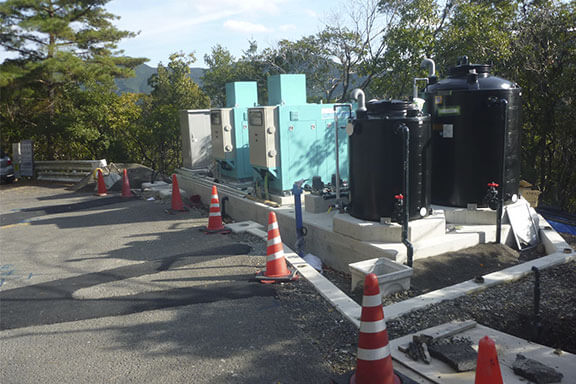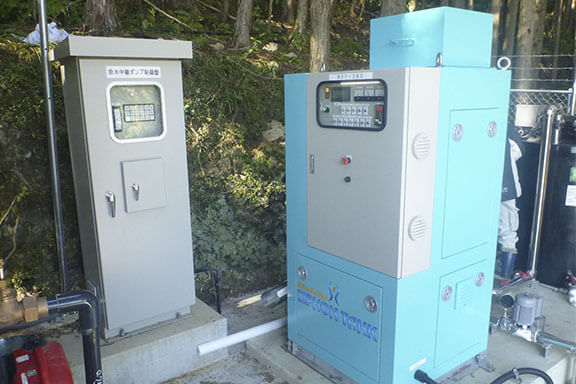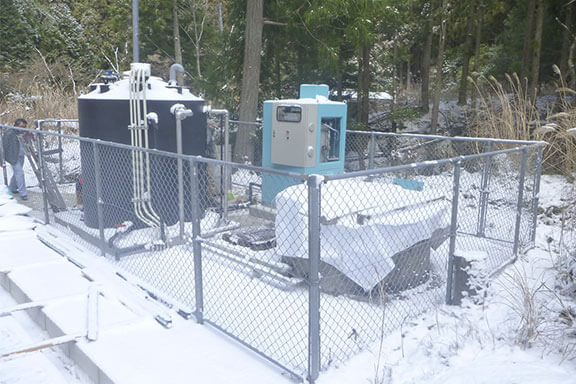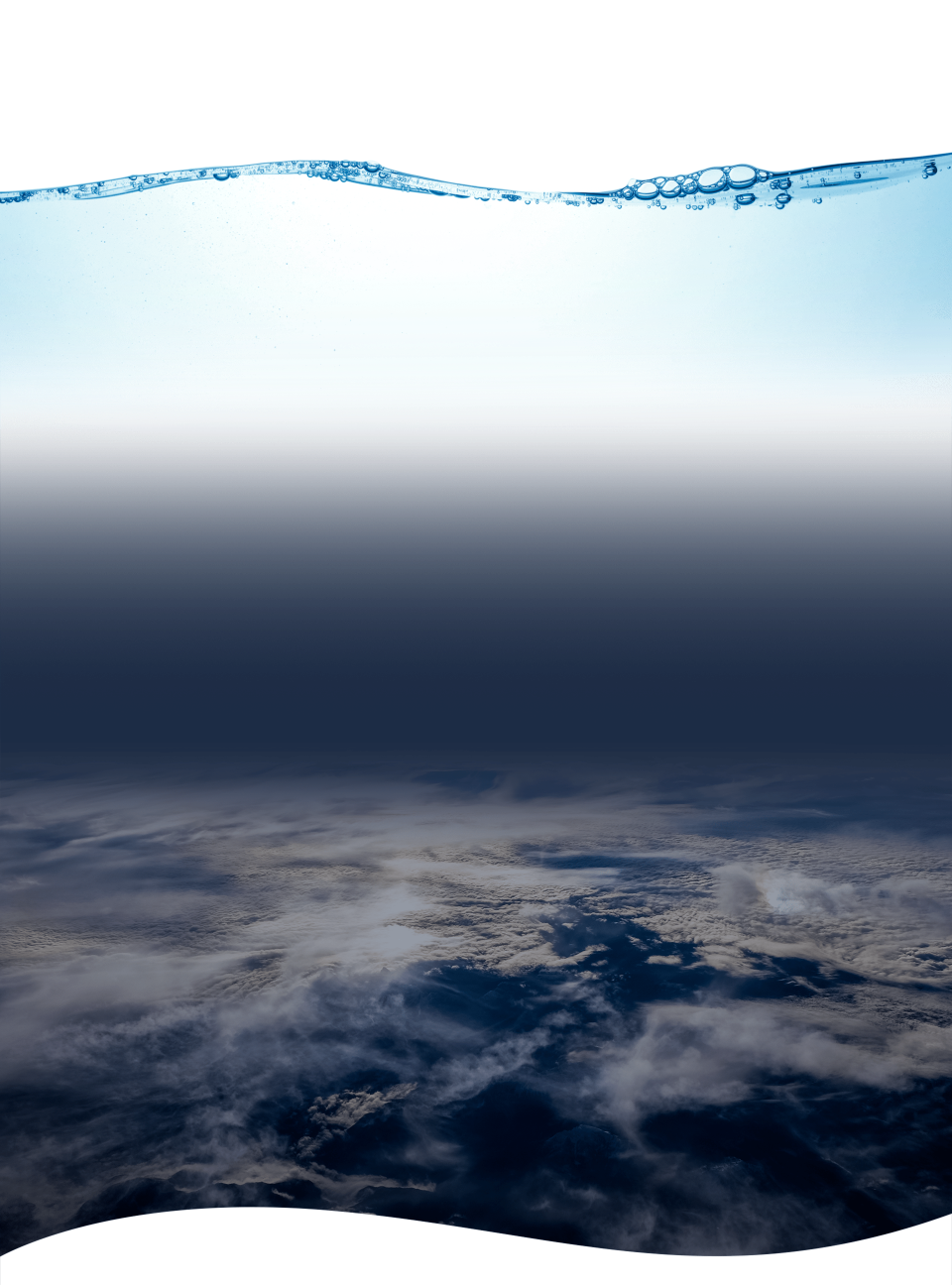
What is "WATER PLANet PROJECT?”
Delivering "safe water" to the world, “Eliminating water disparities”, and Creating a world where the norm is the norm.
This is a project to accomplish the earth’s mission that only we can do.
"Water" problems on earth
In Japan, where we live, we can use safe and secure water as a matter of course in our daily lives,
but if we broaden our perspective on a global scale, we can see various problems.
In order to allow our children, grandchildren, and generations after them to continue living on this planet, and to use precious water resources,
it is important for every one of us to be aware of these issues and act with awareness.
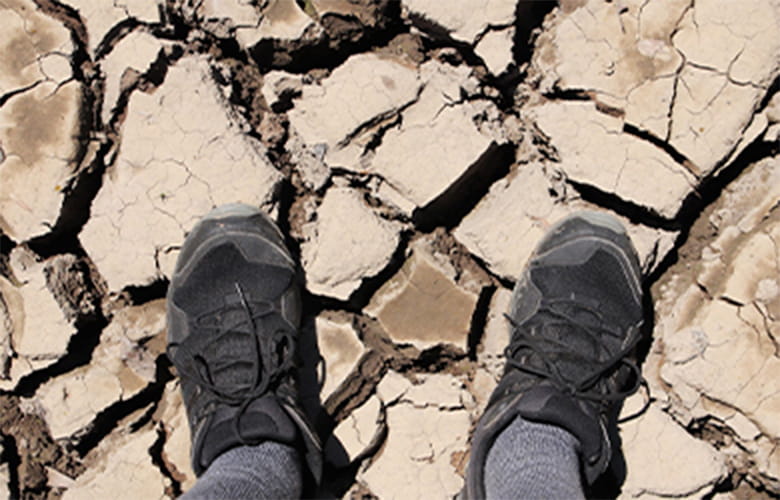
Water shortage
Although the earth is called a "water planet," the oceans cover two-thirds of the earth's surface, only about 0.01% (100,000km³) of water (fresh water such as rivers) is available to people, and we live on such limited water resources. However, population growth, industrial development, climate change and other factors have caused water shortages and water-related disasters, and they are becoming problems in many parts of the world.

No access to safe water
With a water supply penetration rate of 98%, safe and secure water is available everywhere in Japan. However, one out of four people in the world cannot access safe water, causing water-borne infectious diseases, which can be fatal. Moreover, in recent years, natural disasters caused by climate change have intensified. Typhoons and floods are widespread and intensifying, and problems such as floods, droughts and water pollution are becoming global issues.
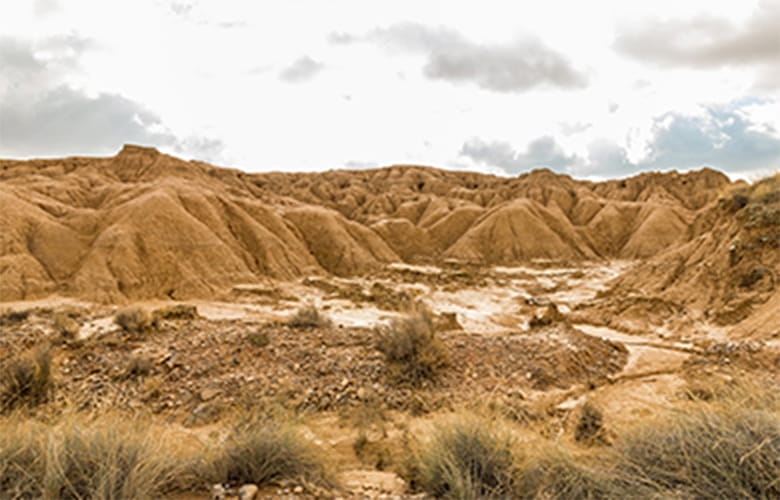
Depletion of sand and gravel
Sand that can be used as a filter medium is only a limited portion of all the sand. There are strict standards about harmful ingredients not eluting from the sand and the size of the grains.
Have you ever heard that sand and gravel, which are the raw materials for a filter medium, are in danger of being depleted? It is often assumed that sand and gravel are inexhaustible on beaches and in rivers, but the increasing demand for sand for building materials and other uses is disrupting the supply/demand balance. As a matter of fact, the scramble for sand is occurring on a global scale, and the possibility of sand depletion is real.
What can we do to ensure that everyone can drink safe water as soon as possible, eliminating water disparities in areas where wide-area water distribution alone cannot cover everybody, or no electricity is available, or in the event of an emergency when power cannot be secured due to a disaster .......
NIHON GENRYO has launched the "WATER PLANet PROJECT" to propose a "new form of water supply" that can deliver "safe drinking water" to anyone, anytime, anywhere, using a portable water purification device which does not require filter replacement.

To Deliver "Safe Water" to World
Providing "safe water" requires the construction and ongoing maintenance of water facilities (Water purification systems, water pipes, etc.), which entails great cost.
The "SIPHON Series", including the Mobile SIPHON TANK, a portable sand filtered water purification device, can solve this problem at once. Compared to a large-scale water facility, the construction time and cost can be reduced, and a chemical injection system is also included, so a single unit can replace a water purification plant.
We will deliver "safe water" around the world with a mobile system that can be transported anywhere.
Using this Mobile SIPHON TANK as a "Pin" point....
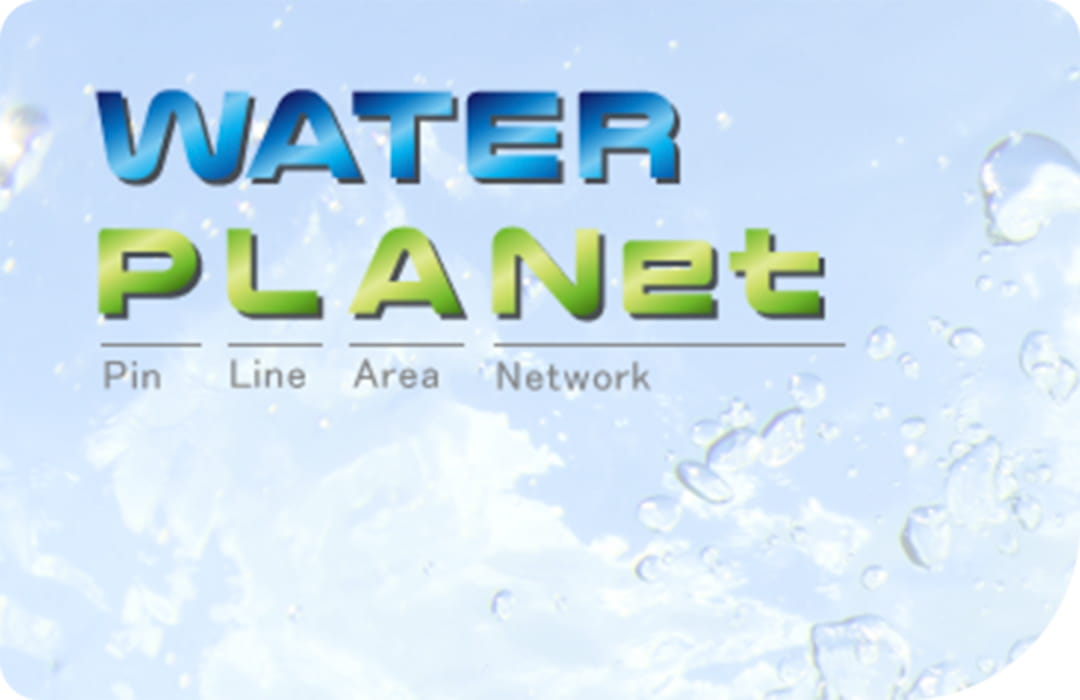
“PLANet”
We wish to place “pins” to deliver the water of life to people who cannot drink water safely.
Purifier units requiring no filter replacement are
placed as ‟Pins”,
pins are connected to form ‟Lines”,
and lines are connected to form ‟Areas”.
In this way, we can establish a worldwide ‟Network”,
and then, the Earth shall truly become a water ‟PLANet”.

To Leave for Next Generations
Even now, there are 2 billion people in the world who do not have access to safe water. Children who can't go to school and walk for kilometers every day to draw water from rivers or puddles. Some children even don't know that water is supposed to be transparent.
Our goal of our creating technology to clean filters to protect precious sand resources is still some distance away. To create “astonishing technologies and products" that defy conventional sense for the sake of future generations in the next few centuries. This is also the mission of a "manufacturing company" and the strong aspiration of the WATER PLANet PROJECT.
Not only in Japan, but also in various other countries and regions. we prick “Pins”.
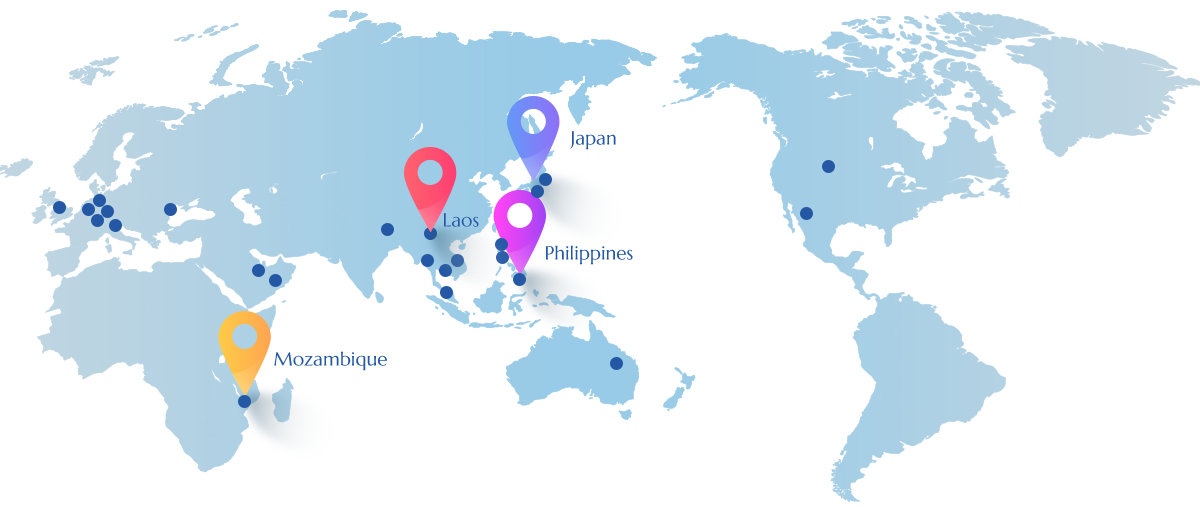
Overseas Reference
WATER PLANet PROJECT is a project that aims to contribute to society with the mission of delivering safe water, utilizing our technological capabilities cultivated over many years as a leading manufacturer of filter media.
Here are some of our activities so far.
Laos(Lao P. D.R)
In January and June 2013, Nihon Genryo delivered six vehicle-mounted Mobile SIPHON TANKS as emergency water purification equipment for the improvement of capabilities to cope with “Natural Disasters Caused by Climate Change” under Japan’s Official Development Assistance (ODA). They are respectively dispatched to local water supply systems in six cities in Laos (Vientiane, Luang Prabang, Sekong, Savannakhet, Luang Namtha, and Xieng Kwang), and deployed to deliver safe water in the event of a disaster.
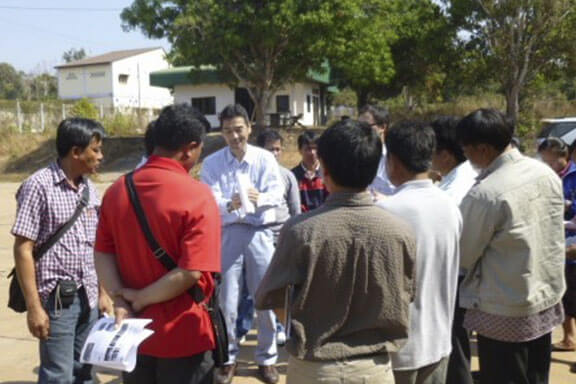
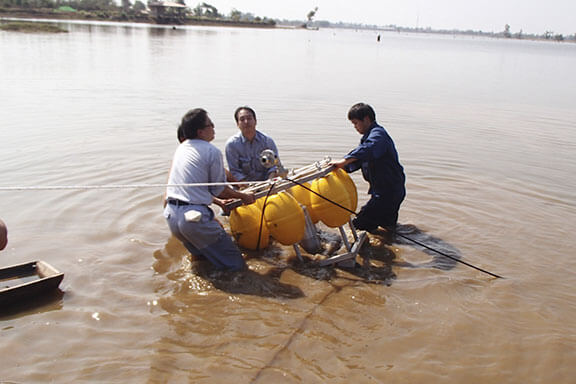
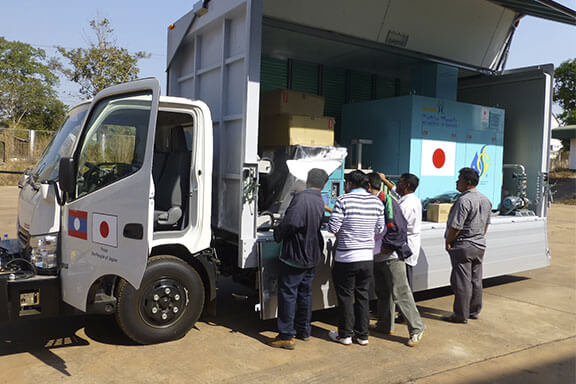
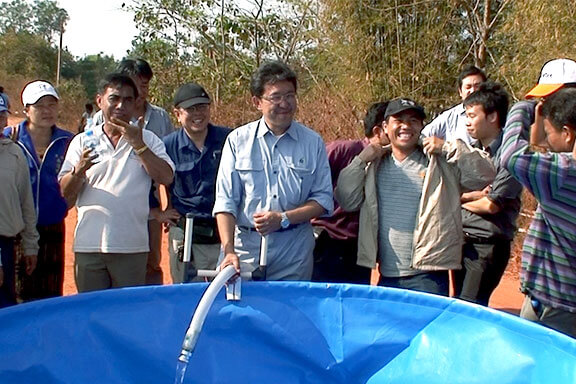
Philippines
In December 2013, a Mobile SIPHON TANK was utilized for disaster recovery activities in Dan Bantayan City, northern Cebu Island, which was seriously damaged by Typhoon Yolanda. Our emergency assistance team, collaborating with JICA (Japan International Cooperation Agency), together with Metropolitan Cebu Water District (MCWD), a counterpart of JICA’s Verification・Disseminating project, supplied emergency drinking water.
After restoration following the disaster, a Mobile SIPHON TANK is used to improve water quality in Cebu City, and two Mobile SIPHON TANKS, including a vehicle-mounted unit, are playing important roles in flood and drought disaster countermeasures in Cebu Island.
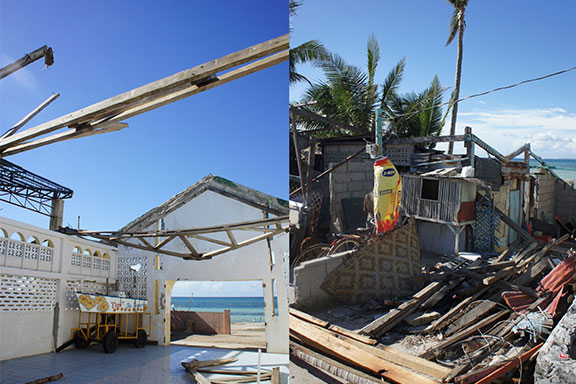
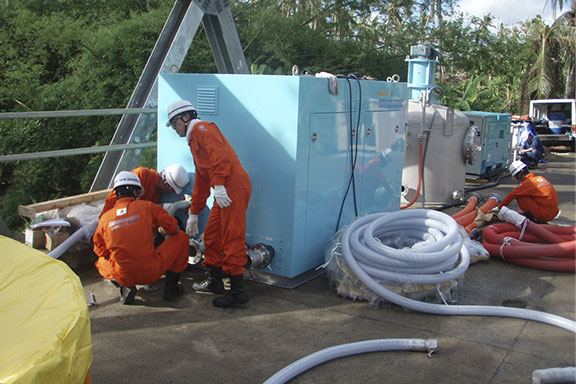

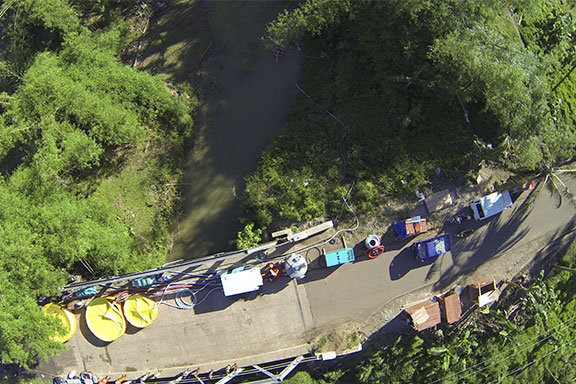
Mozambique
In 2013, for a project formulation survey by JICA, NIHON GENRYO implemented a verification survey by using a Non-Electric Source SIPHON TANK in a non-electrified area around Lichinga, a provincial city in northern Mozambique in southern Africa. We manually filtered raw water such as river water, spring water and lake water, and washed the filter without using electricity until it was purified to satisfy the drinking water quality standards.

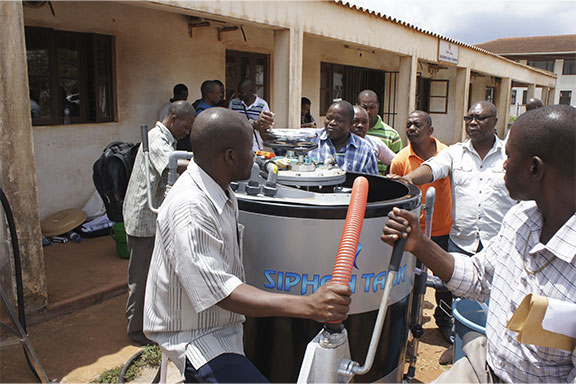
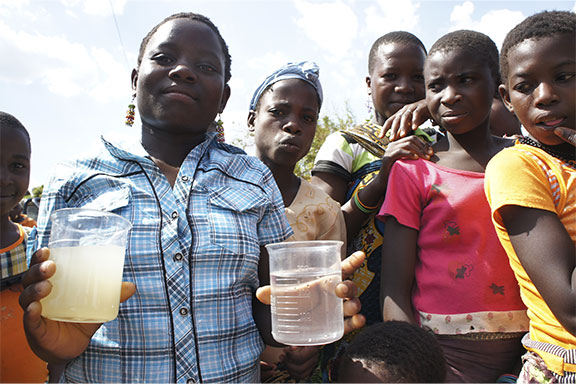
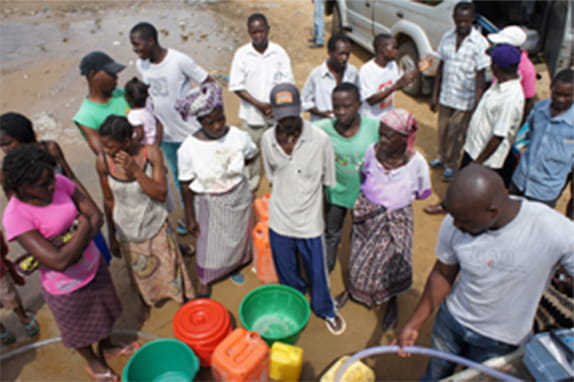
JAPAN Reference
Yame City, Fukuoka
In July 2012, we conducted disaster recovery activities using a Mobile SIPHON TANK in the Hoshino district of Yame City, where water pipes were cut off by torrential rain that hit the northern part of the Kyushu region. Immediately after the disaster, drinking water was supplied to households with water outages as a temporary water purification system, but since it would take several years to restore the water supply system, it was shifted from a temporary facility to a new permanent water purification facility, equipped with two Mobile SIPHON TANKS, transformed into a disaster-response water purification facility that can be removed and transported to an affected area in the event of a disaster.

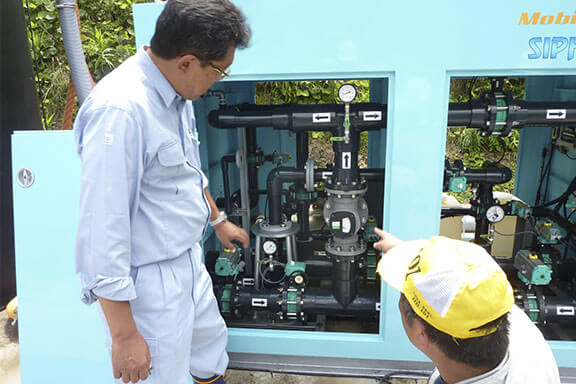
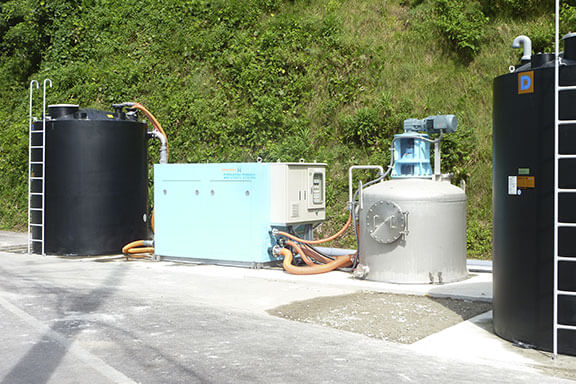

Kitakyushu City, Fukuoka
In August 2019, we added a water purification facility, equipped with two Mobile SIPHON TANKS, to the Dohara Water Treatment Plant owned by Kitakyushu City. With its Water and Sewerage Bureau, we built a cooperative framework in disaster recovery activities, aiming to build “a disaster-resistant water purification plant”. Normally, it is used as a pretreatment facility for a slow filtration basin, and in the unlikely event of a disaster in the northern part of Kyushu, which is an area prone to flooding, it is separated from the facility and moved to the affected area, serving as a disaster-response water purification facility in order to work alongside other disaster recovery activities.

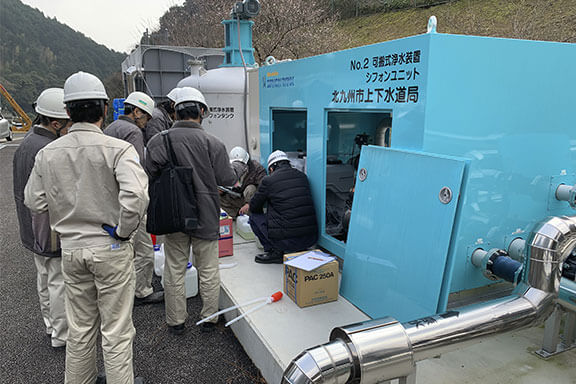

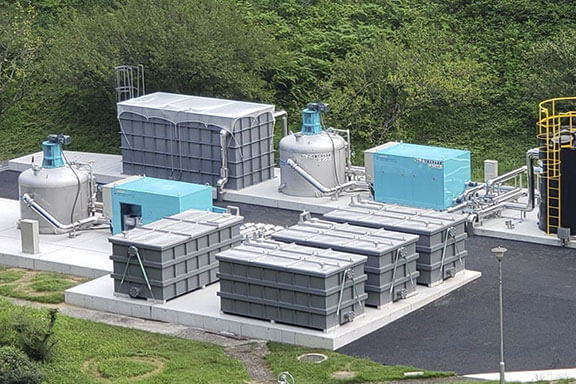
Tanabe City, Wakayama
In Tanabe City, where the water supply area expanded as a result of a municipal merger, the water supply area included areas where water supply pipes were not available. Mobile SIPHON TANKS were utilized as distributed area water supply facilities to solve the water supply problems dotted throughout the city. The advantage of not having to replace the filter media reduced the burden on the technical staff for maintenance and management, realizing a "new form of water supply" for a distributed water supply for small communities.

